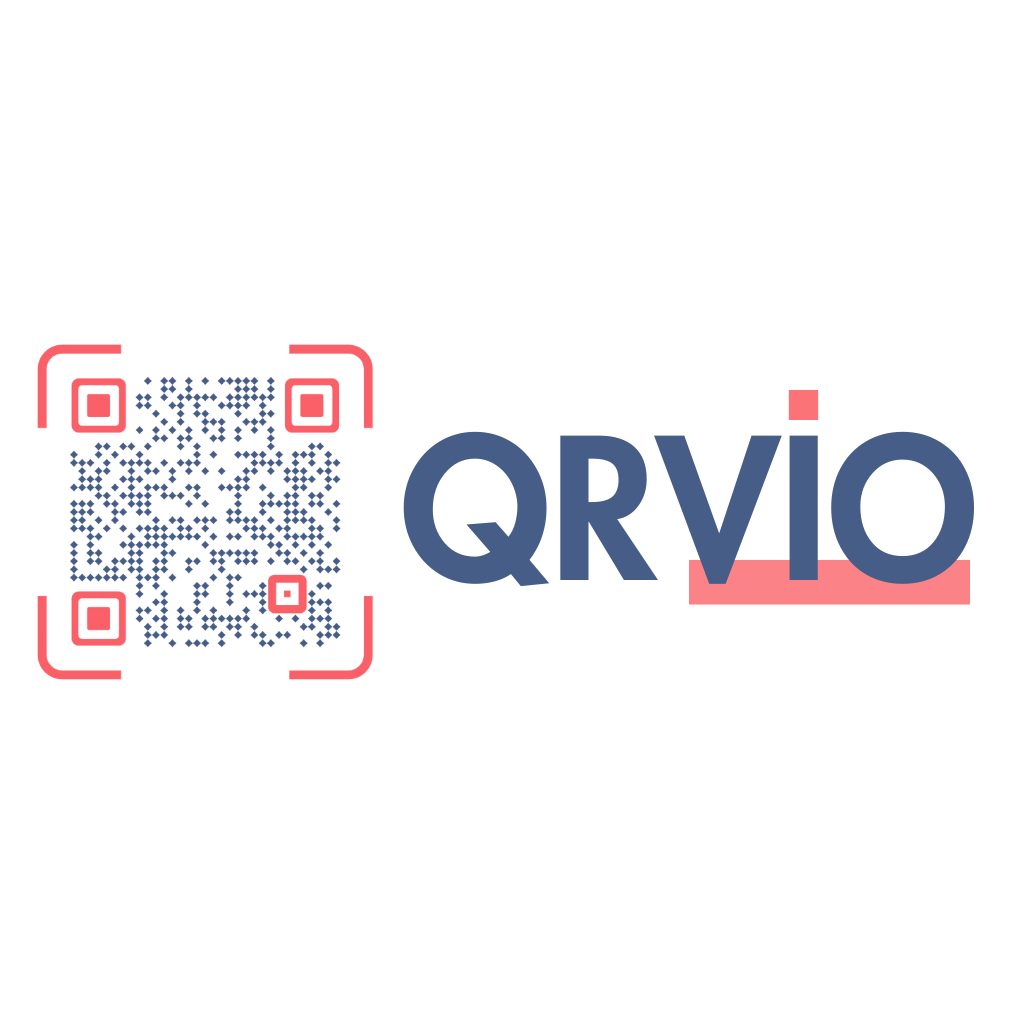Picture in QR Code: Design Stylish Codes That Work and Impress

Picture in a QR code is no longer just a trend—it’s a smart way to merge functionality with visual appeal. Whether you’re promoting a business, sharing contact details, or enhancing a marketing campaign, adding a picture in a QR code can make your design stand out while staying fully scannable.
But there’s a catch: embedding images in QR codes without compromising their readability requires a careful balance of creativity and technical know-how.
In this guide, we’ll explore how to properly add a picture in a QR code, share best practices for maintaining scan reliability, and offer creative ideas to make your QR codes both stylish and effective.
– Why Add a Picture in a QR Code?
Before diving into the how-to, let’s explore the advantages of incorporating a picture in a QR code:
1. Enhanced Branding
Adding your business logo or brand icon creates a professional and cohesive look.
2. Increased Engagement
Visually appealing QR codes catch the eye and encourage people to scan them.
3. Greater Trust
A familiar logo or image helps users trust the QR code, reducing hesitation to scan.
4. Memorable Designs
Creative QR codes stand out, especially in crowded spaces like trade shows, advertisements, and packaging.
– How to Put a Picture in a QR Code: Step-by-Step
Here’s how to seamlessly incorporate a picture into your QR code design:
Step 1: Choose a Reliable QR Code Generator
Select a tool that supports image embedding or logo insertion, such as:
- QR Code Monkey
- Unitag
- Canva
- Beaconstac
- Visualead
Step 2: Enter Your QR Code Data
Input the URL or information you want the QR code to share (website link, contact details, etc.).
Step 3: Upload Your Picture
Depending on the tool, either:
- Upload a logo or small image to place in the center.
- Use a background image if supported.
Step 4: Customize the Design
- Adjust colors to match your brand.
- Choose patterns and corner styles that complement your image.
- Make sure there’s enough contrast between the code and the background.
Step 5: Apply Error Correction
To ensure your QR code stays scannable even with an image:
- Select high error correction (usually 30% or “H level”).
- This allows parts of the code to be obscured by the image without losing functionality.
Step 6: Test the QR Code
Before using it in any campaign:
- Test it with multiple devices and apps.
- Check for quick and reliable scanning at different sizes.
– Best Practices for Picture in QR Code
Designing a beautiful QR code is only half the battle. Making sure it works flawlessly is just as important.
1. Keep the Image Simple
Use a simple logo or icon rather than a complex image. Too much detail can reduce scannability.
2. Mind the Quiet Zone
Maintain a clear space (quiet zone) around the QR code. This space helps scanners detect the code easily.
3. Balance Size and Resolution
If printing:
- Use a minimum size of 1 x 1 inch (2.5 x 2.5 cm).
- Export at 300 DPI or higher for sharpness.
4. Use Vector Formats
For large prints (posters, banners), download in SVG or PDF formats to maintain quality.
5. Avoid Low Contrast
Ensure your design maintains a high contrast between the QR code and background.
6. Test Frequently
Always test before finalizing designs or mass printing.
– Creative Ideas for Picture QR Codes
Here are some creative ways professionals and businesses are using pictures in QR codes:
| Use Case | Picture Idea |
| Business Cards | Company logo centered in the QR code. |
| Product Packaging | Brand icon or product image inside the QR code. |
| Event Badges | Event logo or theme graphic. |
| Marketing Flyers | Campaign-specific images or seasonal graphics. |
| Restaurant Menus | Restaurant logo or featured dish image in the code. |
| Real Estate Signs | Realtor headshot or agency logo for easy recognition. |
Pro Tip: Keep the image consistent across all materials to strengthen brand recognition.
– Advanced Design Tips for Picture-Integrated QR Codes
Adding a picture in a QR code opens creative possibilities, but the design must still maintain technical accuracy. Here are advanced strategies to ensure both beauty and performance:
1. Use Transparent Background Logos
If your logo has a white box or opaque background, it can interfere with scanning. Use PNG files with transparent backgrounds for cleaner integration.
2. Size Your Image Correctly
The image in the center should cover no more than 30% of the QR code area. Exceeding this can interfere with the data modules.
3. Frame the Image Strategically
Some QR generators let you add a border or background shape around the logo to improve contrast and separation from the code itself.
4. Match Code Patterns with Brand Aesthetics
Select pattern styles (dots, rounded squares, or custom modules) that align with your brand’s look while maintaining scannability.
5. Avoid Distorting the Code
Never stretch, rotate, or skew the QR code to fit a layout—it will likely become unreadable. Instead, resize proportionally or adjust layout elements around it.
– Common Mistakes to Avoid
To ensure your stylish QR code still functions, steer clear of these common pitfalls:
1. Using a Complex or Busy Image
Photos or high-detail artwork don’t work well. Stick to logos, icons, or simplified visuals.
2. No Error Correction
Failing to enable high error correction can make your code useless once a logo is added. Always choose the “H” level or highest available option.
3. Color Choices That Blend
Avoid placing dark logos on dark code, or light logos on light backgrounds. Always aim for strong contrast.
4. Neglecting Device Testing
Just because it scans on your phone doesn’t mean it works on all phones. Test across different brands, cameras, and apps.
5. Too Small for Print
A QR code with an image embedded needs to be larger than standard to ensure clarity—especially for materials like posters or signage.
– Real-World Success Stories Using Picture in QR Code
Here are some examples of how real professionals and brands are using QR codes with embedded images to great effect:
1. Fashion Brand Tags
A boutique clothing line adds a QR code with their brand logo centered on each price tag. When scanned, it opens a video showcasing how to style the item.
2. Business Coach’s Resume
A personal development coach adds a QR code with her headshot in the center, printed on her resume, linking directly to her LinkedIn profile.
3. Restaurant Menus
An upscale bistro integrates its logo in the QR code placed at each table. When scanned, the code leads to their seasonal digital menu and reservation link.
4. Real Estate Flyers
A realtor uses QR codes featuring their agency logo and links to video tours, giving house hunters an interactive viewing experience on the go.
– The Future of QR Code Design
The trend of embedding pictures in QR codes isn’t slowing down—in fact, it’s evolving. Here’s where it’s heading:
- Dynamic design personalization where the QR code changes design based on campaign.
- Animated logos inside QR codes for digital use.
- Augmented Reality (AR) QR codes that launch interactive experiences with a scan.
- Advanced customization tools using AI to automate QR styling based on brand assets.
By staying ahead of these trends, you can create QR codes that not only serve a purpose but become part of your visual identity.
– Conclusion
Embedding a picture in a QR code is one of the smartest ways to merge branding with functionality. Whether you’re a business professional, marketer, or designer, mastering this skill can elevate your materials and increase engagement.
Just remember—design without function is wasted effort. With the right balance of creativity and technical care, your stylish QR codes will both work and impress.
– Ready to make your QR codes stand out?
Start designing today by embedding your logo or image in a custom QR code that looks great and scans instantly—perfect for branding, marketing, and beyond!
